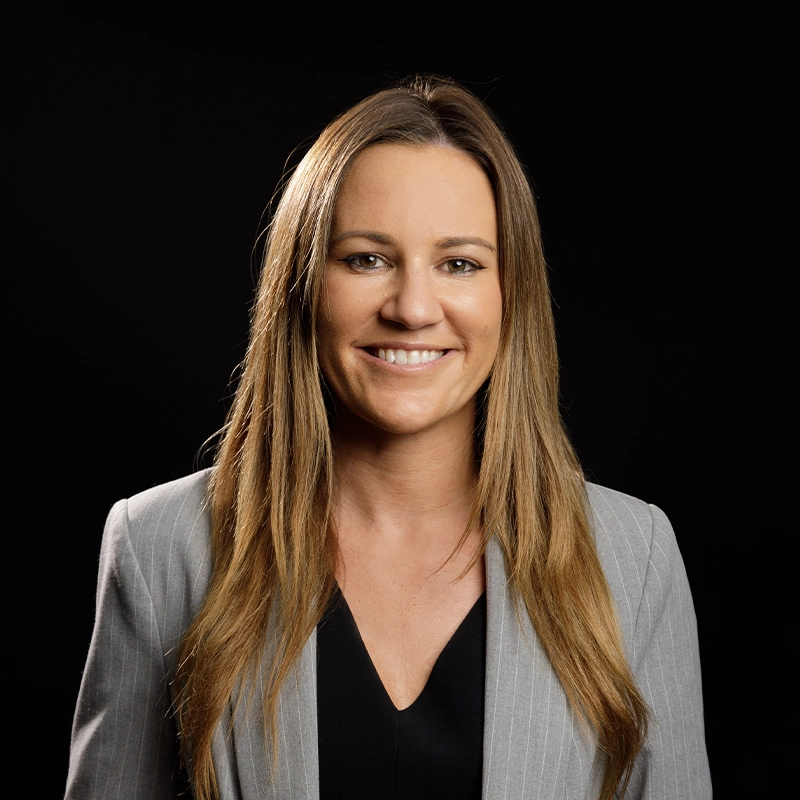Attwood Marshall Lawyers Wills & Estates Partner Angela Harry discusses the complex laws which govern how the wealth you have created in your Self Managed Super Fund (SMSF) is dealt with as part of your estate planning.
A significant proportion of people’s wealth today is held in the superannuation environment. For many, superannuation can be their most valuable asset. Not only is the value of wealth in superannuation continuing to grow but the number of self-managed superannuation funds (SMSF) is also ever-increasing. According to the most recent Australian Taxation Office statistics, over 1.1 million Australians are members of SMSFs with those members holding approximately $747 billion in assets in their accounts. Whilst there is clearly a substantial amount of wealth in the SMSF environment there is, unfortunately, a significant lack of planning and understanding by many members in relation to what happens to the wealth they have accumulated in their SMSF upon their death.
The wealth you have created in your SMSF is subject to complex laws upon your passing about how and to whom the member benefits can be paid. What happens to super on death is going to depend on the terms of the fund’s trust deed and whether there is any Binding Death Benefit Nomination (BDBN) or reversionary pension in place. BDBNs are a relatively new tool in the context of estate planning and as such, the law in this area continues to evolve. Those who do not keep up to date with the changes may face many challenges, with the outcome being the assets of their SMSF do not pass in accordance with their wishes or the parties involved are faced with a costly legal argument to try and enforce the member’s wishes.
Some succession laws you may not be aware of
Your Will does not govern how wealth from your SMSF is distributed
Treatment of superannuation upon death is not the same as the treatment of other assets. Technically, you do not own your superannuation balance until it is paid out to you. In the meantime, it is held by the SMSF Trustee for the members. What happens to your SMSF member balance when you die depends upon the terms of the trust deed governing the SMSF, the superannuation laws, and the terms of any binding or non-binding beneficiary nomination you have made.
Superannuation entitlements may not be treated in the same way as the directions given in your Will so you should give consideration to your directions to your superannuation fund as to how your entitlements are paid in the event of your death.
A beneficiary nomination is required if you wish to control how your SMSF wealth is distributed and must be made according to the SMSF deed
In order to determine whether a member may make a death benefit nomination, including the type of nomination and the requirements to ensure the validity of that nomination, the first step is to READ THE DEED. Unfortunately, in practice it is all too common to see standard beneficiary nomination templates that have been ordered ‘off the shelf’ or downloaded from the internet. These nominations are often prepared with no regard to the terms of the SMSF deed and can result in costly arguments.
What are the different types of Binding Death Benefit Nominations?
A BDBN is a notice that the member gives to the trustee of the fund regarding the payment of their member benefits upon death. The ‘death benefit’ includes both the member contributions as well as any insurance held within the fund by the member.
There are several types of death benefit arrangements, including:
- Automatic reversionary pension: A reversionary pension is a pension established by the fund member whilst still living that reverts to an eligible income stream dependant (usually the surviving spouse) on the member’s death
- Binding nomination: A binding nomination stipulates who is to receive a member’s benefits on death and is binding on the fund’s trustee, that is, provided the nomination is valid the trustee must comply with it. A binding nomination is valid for 3 years
- Non-lapsing binding nomination: A non-lapsing binding nomination stipulates who is to receive a member’s benefits on death and is binding on the fund’s trustee, that is, provided the nomination is valid the trustee must comply with it. A binding nomination does not lapse
- Non-binding nomination: A non-binding nomination is not binding on the fund’s trustee but is merely an expression of the member’s wishes on who shall receive the member’s benefits on death. The trustee can exercise its discretion not to follow the member’s nomination
- No nomination: In the absence of a nomination, it is the fund’s trustee that exercises its discretion as to how and to whom the member’s benefits will be paid upon death
Do you need a Binding Death Nomination for a Self Managed Super Fund?
As part of the estate planning process a question is often asked about whether to adopt a binding death benefit nomination for a member. Ultimately whether a binding nomination is appropriate or not can only be determined by the member’s individual circumstances.
Where the member wants flexibility in terms of how, in what form (e.g. lump sum or pension), when, in what amounts and to what beneficiaries the superannuation death benefits are paid then leaving the trustee of the fund with the ability to exercise their discretion is worthwhile.
Leaving these decisions to the discretion of the person that holds the decision-making ability puts a significant deal of faith in the person and could unwittingly place them in a position of conflict. Where there may be doubts regarding who is left behind to make the decision or there are concerns that an individual may seek to challenge the decision, it may be appropriate to implement a BDBN.
Situations in which a Binding Death Benefit Nomination is appropriate
Examples of situations where a member may decide it appropriate to make a binding death benefit nomination include:
- The member has three adult children, one has a drug addiction, one is going through a relationship breakdown and the other is facing the prospect of bankruptcy. Rather than paying to the children and putting the funds at risk the member may choose to make a binding death benefit nomination to the legal personal representative so that the funds can be placed in testamentary trusts
- The member has remarried and wants to ensure the new spouse receives the superannuation death benefits, rather than the adult children from the first relationship. A BDBN would ensure the new spouse would receive the death benefit. If the death benefit was paid to the legal personal representative, the estate could be challenged by the adult children (noting that this may not work in New South Wales due to the notional estate provisions)
- The member has two children and only one is a trustee of the SMSF. The member may make a BDBN to ensure the children equally share the death benefit. This may avoid a potential Katz v Grossman [2005] NSWSC 934 situation
If you have set up a SMSF with other family, how do your wishes about who receives your member benefits affect those members?
An SMSF can have between one and four members with each member being represented at trustee level. In practice, most SMSF’s either have two members (who are domestic partners) or have a single member. Whist technically you can have an SMSF with other family members (e.g. mum, dad and kids or siblings) with the goal of the fund continuing to operate at a generational level, consideration should be given to the practical implications of this arrangement.
For example:
- Differences in investment goals can make operating an intergenerational SMSF difficult
- Payment of superannuation benefits to elderly members can be difficult when the portfolio is dominated by a single high-value asset such as real property
- BDBNs for each member would have to be carefully considered
- Any conflict between the members, including disagreement over investment choices, the breakdown of a marriage or even personality clashes could trigger division of the fund assets or possibly a forced sale. The reality of this arrangement is that if there was a conflict within the fund, the parties would need to resolve this privately and if they cannot, they could face significant costs (such as Stamp Duty and Capital Gains Tax) if any member decides to exit the SMSF
Where you have a two member fund (e.g. husband and wife) it is common for the SMSF to continue to operate on the death of the first
Do you need a Lawyer to make a Binding Death Benefit Nomination?
This is a very specialised area of law, particularly when looking at beneficiary nominations and how they should be structured. BDBNs can be an important tool in SMSF succession planning when properly prepared. When not properly prepared they can, however, cause serious problems. In the framework of estate planning and the law of succession, binding death benefit nominations are a relatively new tool and as such, the law continues to evolve and those who do not keep up to date with the changes may face a number of pitfalls in practice. Not only is it important to keep pace with the changes to the law in this area, it is also important to seek advice from those experienced in this area and ensure that members and their advisors approach these nominations with caution. A properly considered binding nomination should involve the member’s lawyer as well as their accountant and financial advisor so the member can be provided with holistic estate planning advice.
Getting a BDBN right is no easy feat. The biggest danger is the oversimplification of these documents, which are often not given the attention they deserve. Members and their advisors cannot be complacent when it comes to BDBNs.
About the author, Wills & Estates Partner Angela Harry
Angela Harry is the Partner who leads the Wills & Estate Department and has been with the firm since 2006. Angela graduated from the Queensland University of Technology with a Bachelor of Business (majoring in International Business) and a Bachelor of Laws (with Honours). Angela holds a Master of Applied Law (Wills & Estates) degree through the College of Law, has completed the College of Law’s Certificate in Testamentary Trusts and the Queensland Practice Management Course. Angela also holds membership with the Society of Trust & Estate Practitioners (STEP). STEP is the worldwide professional association for those advising families across generations. STEP promotes best practice, professional integrity and education to their members.

